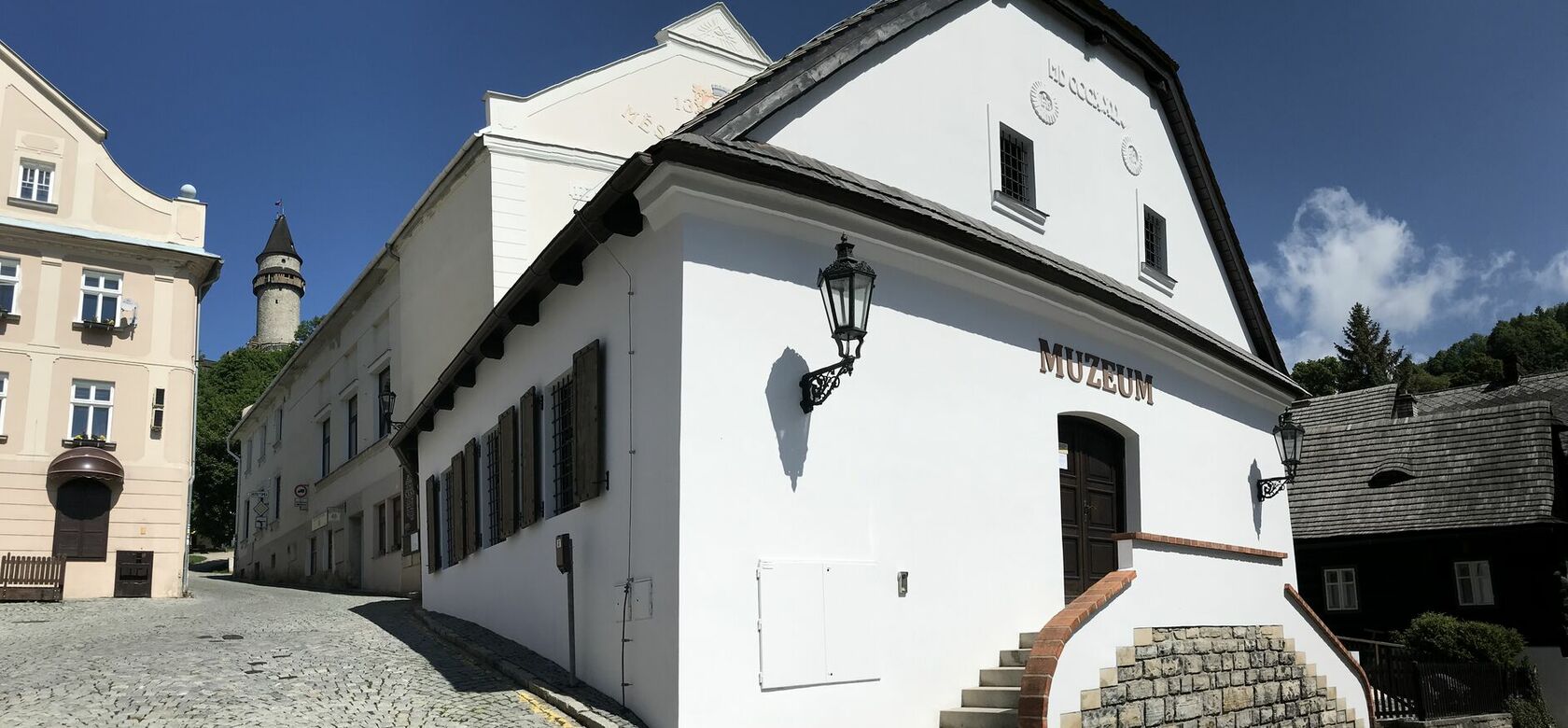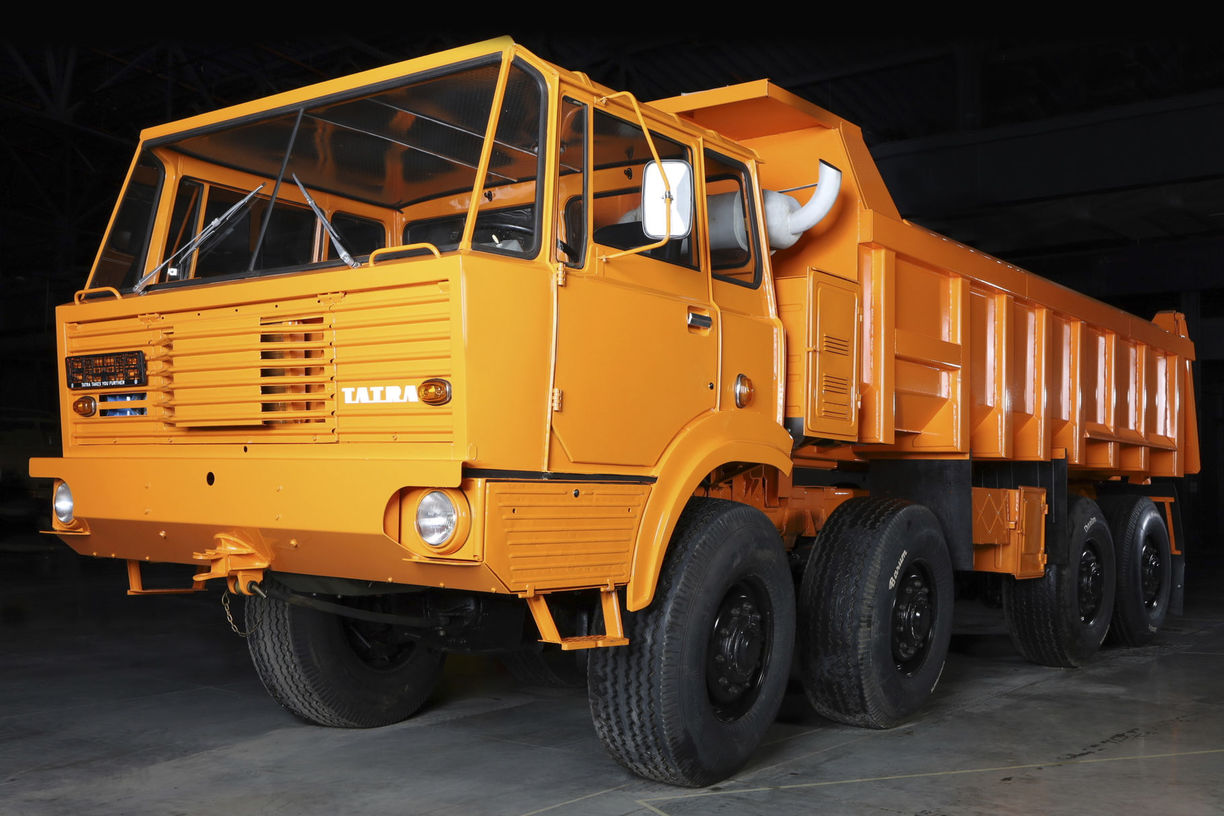We've been part of project Technotrail since January 2022. Our Branches in Kopřivnice and Příbor joined the Technotrail project with an interactive program.
Head out on the Technotrail, which links one-of-a-kind destinations with once-in-a-lifetime experiences, demonstrating the unique technological advancement of Northern Moravia and Silesia along the way.



